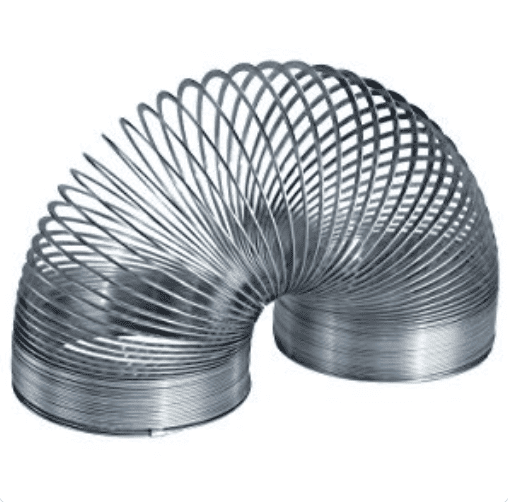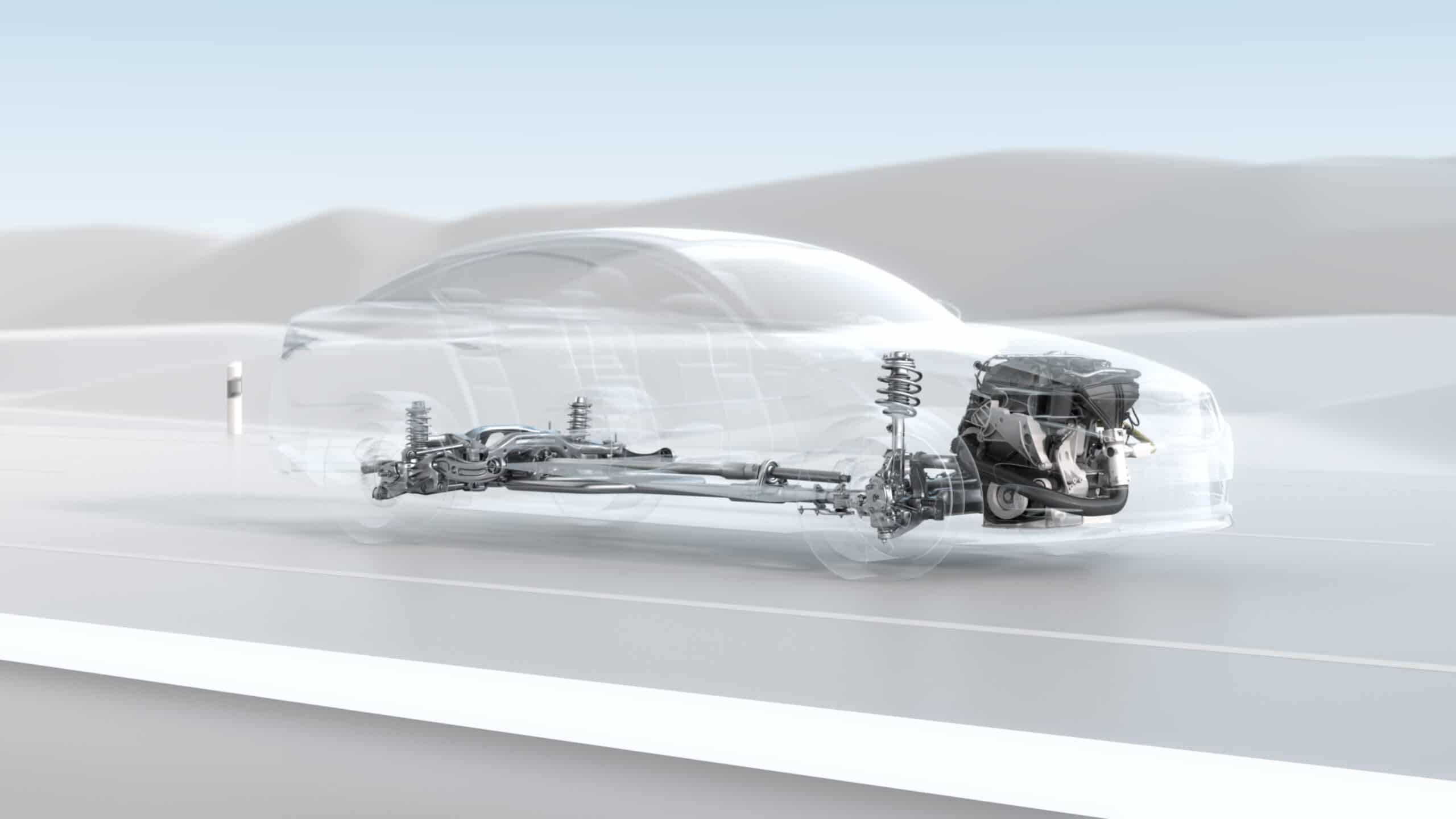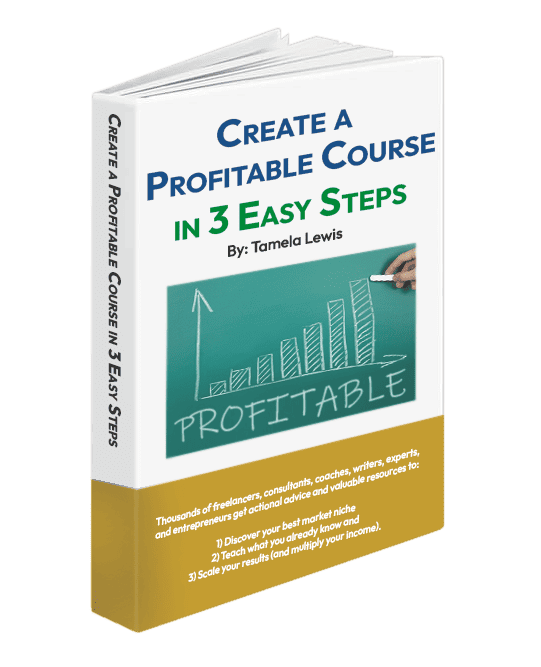CAREER SHIFT: Think Like an Entrepreneur, Not an Employee

Aaron had worked for the same company for nineteen years, and made a good salary but, in his own words, was in a rut. He welcomed entrepreneurship as the Road out of the Rut. He felt invigorated by the challenge. What he quickly learned was that entrepreneurship required a new brain.
As I coached him through the process, I realized what I was really doing was teaching him E-Think. In all my years of watching employees transition to entrepreneurship, the biggest leap is mental. If you want a different life, you have to have a different brain.
The brain of an entrepreneur looks different than an employee’s brain. They have different wrinkles in their cranium (and maybe on their face too). Neuroscientists call them neuropathways, which are the superhighways of the brain that transmit messages. Your thoughts travel over the same superhighway many times, your brain learns to think a new way. Here are 7 super highways in the E Brain.
They are super highways in the Entrepreneurial Brain, but dirt roads in the Newbie Entrepreneur’s brain or unchartered terrain in an Employee’s brain.
1. Career Shift: Think Like a Stiletto.
A stiletto heel has two functions: walking and okay, I’m going to say it: attention. The employee has one job: Do the work. The entrepreneur has two: Do the work AND create the work. As an entrepreneur, you must learn the skill, service, or product of your enterprise, but just as important, you must learn to market and sell. Don’t equate marketing and selling with stereotypes. Today, both are about educating. If you have a product you believe in, your conviction and enthusiasm will make you very persuasive. Grill the steak. Sell the sizzle.
2. Career Shift: Think Like a Soundwave.
 An employee’s income is a straight line with incremental increases over the years. Employees receive a paycheck every two weeks and so they think in terms of managing resources within a confined space. They think in fixed amounts.
An employee’s income is a straight line with incremental increases over the years. Employees receive a paycheck every two weeks and so they think in terms of managing resources within a confined space. They think in fixed amounts.
When you are the CEO of your own business, you have to think differently about your resources. An entrepreneur’s income is like a sound wave—as it travels, it fluctuates.
Think Waves. Ocean waves. Soundwaves. Loud. Soft. Muted. Blasting. Think Seasons. Tides. Ebbs and Flows. Planting. Watering. Growing. Harvesting.
After a few years in business, you will be able to predict better the “seasons” of your business and your income. Seasons are predictable, but what happens within the season is not. With experience, you can reasonably predict your crop will grow 3 inches in 5 months. What you can’t predict is which plants will produce, what insect threat there could be to the crop, and what adverse or optimal weather conditions will exist. So it will be in your business. Think (and plan) accordingly.
It doesn’t have to be a wild wave with huge dips and heights. A small wave increases E-sanity exponentially. If you have a wild wave, work at finding “baseline/bread and butter” work to tie you over until the surf is up.
Crops grow predictably. They don’t produce predictably.
3. Career Shift: Think Like a Slinky.
 A slinky is a simple toy made of coiled springs. If you start this toy at the top of a set of stairs, one end will follow the other as it springs down each step, propelled solely by gravity and its own internal dynamics. It will, of its own accord, spring down each step by itself.
A slinky is a simple toy made of coiled springs. If you start this toy at the top of a set of stairs, one end will follow the other as it springs down each step, propelled solely by gravity and its own internal dynamics. It will, of its own accord, spring down each step by itself.
That will be forever how you think of time and money as an entrepreneur. One follows the other. Thump. Thump. Thump. Your E-brain will rhythmically back and forth between the two. There is a time/money equation in every entrepreneur’s head that looks like a slinky lopping down a set of stairs. One end of the slinky predictably follows the other end of the slinky. Thump. Thump. Thump. As the springs expand and land. Shrink and Land.
I remember vividly delivering a time management program to a set of employees and talking about the time/money trade-off. I grabbed a quick example off the top of my head. I said, “If I hire someone to mow my lawn, I have more time.” (Time is the Super Commodity for an entrepreneur.) Immediately, an audience member (who had been an employee for many years) said, “But if I don’t mow my own lawn, I can’t go on vacation.”
I remember feeling stunned. For two reasons. One, I should have been more tuned in to my audience. But secondly, I realized what an E-brain I had. The neuro-pathways were firmly entrenched.
Most entrepreneurs view time as a far more finite commodity than income and are quick to make trade-offs. What another entrepreneur would have immediately inferred was that the meaning of more time to me meant more time to work on the business, which would, therefore, produce more income.
Think like a Slinky. One end of the slinky is effective time management; the other end is increased income.
4. Career Shift: Think Like a Sand Trap.
Protect the field that produces the bounty at all costs. Think Solvency. Savings. Employees have to work hard and contribute to protect their jobs, but how they spend their money doesn’t affect their jobs (Okay. There are exceptions. If you are an FBI agent, the Bureau doesn’t want you vulnerable to payoffs from spies). You must think of protecting the enterprise that creates their job. Certain practices. Certain key attention points. Cash flow is one of those. Manage the cash flow, as Steve Madden of Steve Madden Shoes says.
Amazon did not make a profit for twenty years. Why? Because it put it all back into growth. You don’t need to be that austere, but reasonable.
5. Career Shift: Think Like a Seed.
Don’t Spend Seed. As the CEO of your enterprise, there is a percentage of the harvest that must be put back into the soil (enterprise). That amount will vary across the lifetime of your enterprise, but without seed, you have no future harvest. Always invest back in. When the field has not proven its productive capacity yet (start-up), resources must be very carefully watched. (Bezos quote).
But later, when the field is productive, there is another kind of danger—feeling invincible and self-creating a standard of living that burdens the business. As one entrepreneur said, “I come last.”
And you always will. Seed before Bling. Set up a running percentage of income that is for seed. Running a business is a separate skill from managing the resources that a business creates.
6. Career Shift: Think Like a Systems Engineer.

Your income is not produced by a single entity (like an employee gets with a job). Your income is affected by an ecosystem: air, rain, sunshine, weather, soil, seed quality, and workers. Many variables all interact together to create an outcome.
Therefore, as the CEO of your enterprise, you must think holistically and analytically. See the whole. Analyze well the parts. Lots of moving parts. Learn to think like both an artist and an engineer. Create. Refine.
Product. Market. Customers. Communication. Employees. Teaming. Strategy.
7. Career Shift: Think Like a Super Athlete.

Take care of yourself. Figure out self-management strategies. Think about how to get the most out of yourself. Your income is directly tied to your personal performance. Treat your body and your E-mind like a fine instrument.
Get enough sleep. Eat well. Indulge when you need it. Rest. Fine-tune good thinking. Pay attention to how you think, how you make decisions, how you process information, and how you evaluate opportunities.
On some level, you are the product.
Practice. Refine. Reevaluate. Reapply.
If you learn to think these 7 ways: Like a Stiletto, a Soundwave, a Slinky, a Sand trap, a Seed, a Systems Engineer, and a Super Athlete, you have the Superhighways of an E-brain. Welcome to freedom and profit.

